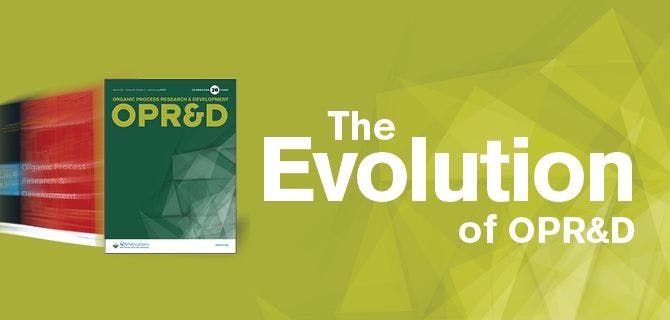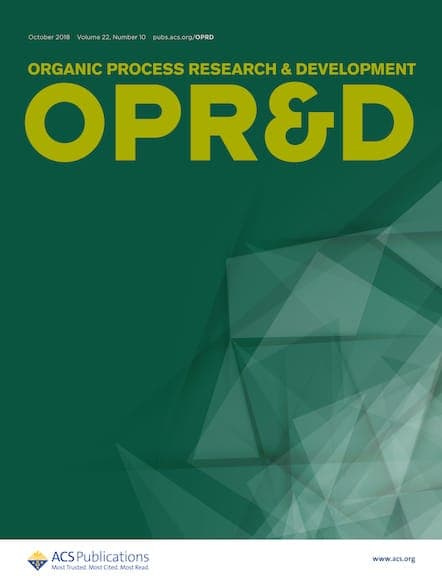Now in its 20th year of publication, Organic Process Research & Development (OPR&D) is experiencing an evolution. Dr. Kai Rossen, who became Editor-in-Chief of the journal at the beginning of 2015, is working together with Associate Editor Dr. Qilong Shen to position OPR&D to better reflect recent changes within the broad field of industrial process […]

Now in its 20th year of publication, Organic Process Research & Development(OPR&D) is experiencing an evolution. Dr. Kai Rossen, who became Editor-in-Chief of the journal at the beginning of 2015, is working together with Associate Editor Dr. Qilong Shen to position OPR&D to better reflect recent changes within the broad field of industrial process chemistry.
Rossen is a group leader at Sanofi in Frankfurt, Germany, where he has worked since 2005. He brings with him nearly 30 years of experience in industry and an exciting vision for where OPR&D is headed. Shen has been a Professor at the Shanghai Institute of Organic Chemistry since 2010.
One of the changes introduced to the journal this year is a new cover and logo. Rossen said the new look—”OPR&D” in large, green letters, with the full journal title and complementary green background—is a visual representation of the changes in the industry and the scope of the journal itself.
“To some extent, the old logo was fine, but the cover had a picture of a kilo lab, which is just a small part of the overall business. And I think it’s difficult to find a single picture, a single element that describes the very wide subject area of Organic Process Research & Development, now consistently referred to as OPR&D. While it is a catchphrase, green chemistry—the attempt or the need to do chemistry in a sustainable manner—should be reflected in the color, and this is why we have forest green as a primary color for branding,” he said.
The Editorial Advisory Board has seen some changes, too. Rossen said the board is now more geographically and topically diverse. “We have a lot more academic members in the Editorial Advisory Board, because, clearly, the journal is interested in getting practically-applicable academic research published as well. And so the Editorial Advisory Board is trying to reflect the wider geographic distribution of high-quality science today,” he said.
Readers of OPR&D come from academia and industry, including pharmaceuticals and green chemistry. Rossen said students and others in academia read the journal to get a better understanding of important findings from the industrial arena, with an interest in seeing how basic chemistry is applied, and this is a connection that Rossen seeks to amplify.
“I would like to have the journal serve as a bridge between academia and industry, because there is a lot of research going on that is of value for practical applications. And having that work published in the journal is something that I’m really keen on, and we’ve had some very, very nice success stories lately,” Rossen said.
One of the journal’s strengths is in its reviewers, many of whom are industrial chemists and know the right questions to ask, he said. It’s these people that help academic researchers scale up their work to make it more viable for use at an industrial level.
Chemical industry has changed in the decades since OPR&D was first launched, with increased emphasis on collaboration, and funding prospects that are continually in flux. However, many things, like the core of the work and the mentality of the industry, remain very close to what they were 20 years ago. OPR&D is evolving with the community, and is well-positioned to meet the needs of its authors, reviewers, and readers with Rossen at the helm.
Watch Dr. Rossen’s new editor video on his vision for OPR&D:
